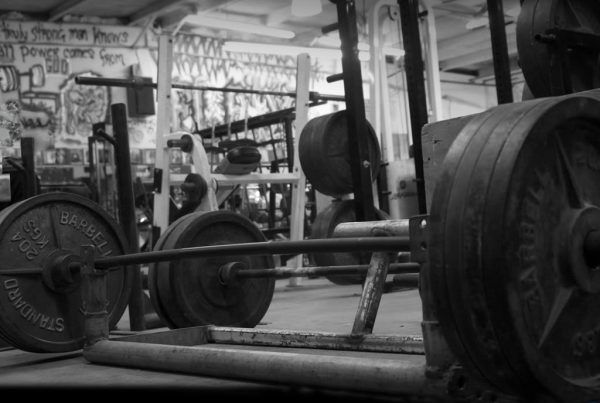Following a program
Following a program with set variations, undulation and progression is important in keeping motivation day to day. It’s important that whatever program you were doing before cutting, you continue to do. Strength may dip slightly, but keeping work load as similar as possible to what was during the bulking phase is important for maintaining strength.
Keep track of you volume
Keeping track of volume prior and during the cut ensures you know exactly where you stand without any error. This stops the potential for slacking when calories get low and energy levels decrease. Without subjective markers, you may convince yourself that less work is ok or similar to your bulking workload.
Try to make small progress
If you are anything like me, keeping volume the same is boring. If you are tracking your volume consistently then you may be able to make small amounts of progression. Note that this will be very small (as small as 1kg more volume per week) which is why it’s important to track the volume so you can make small jumps and know that you are progressing. Trying to make these small jumps helps psychologically with motivation. Knowing that you are still making progress, even if it is very small, is extremely motivating. When you return to bulking, you will be in a slightly better spot than you started which beats being below or the same as where you started.
Looking at relative strength
As you lose enough weight, your strength is likely to go down or stay the same. In a perfect world it would slightly increase (and it may if you follow the above). But it’s important to realise that strength is always relative to bodyweight. In powerlifting, the ratio of weight lifted to bodyweight is known at wilks. The Intensity app provides stats for viewing your wilks adjusted volume over time. Make sure you track your bodyweight fairly consistently (once per week) for accurate results. It should show you that even if you lost some small strength, or remained the same, the relative volume has gone up. This helps to keep things in perspective is yet another motivation booster.
High calorie days
If you are already relatively lean, higher calorie days can be a life saver. Placing higher calorie (high carb in particular) days in places where you know training will be tough can help you push through. You will have added energy and replenished glycogen to support those tough workouts that you might not otherwise get through.
High frequency
Keeping training frequency high (at least 2 per week per muscle group) helps to retain muscle mass. The more often you stress the muscle, the higher value the body places on keeping that muscle. It takes the stress as a threat that you need to be protected from. It is why you build muscle if you can (bulking) but will also help you retain any muscle mass during a cut. The more you are exposed to the stress, the more likely the body is to keep the muscle for survival.
High frequency also helps to mitigate any changes in the motor pattern which are affected as your body composition changes. If you are constantly performing the movement, you will subconsciously adjust to the subtle changes in the movement caused by reduced fat in surrounding areas.



